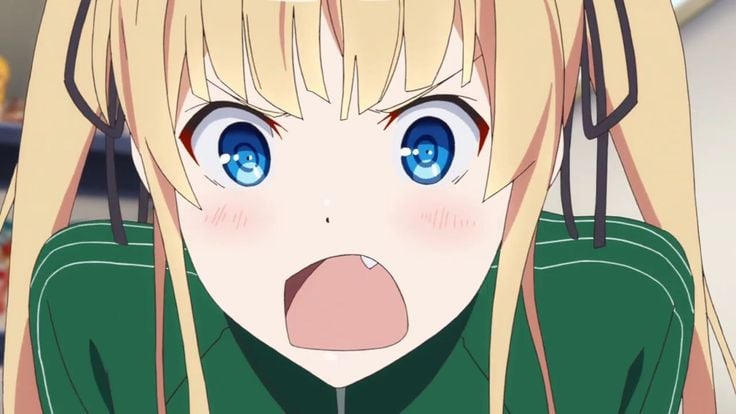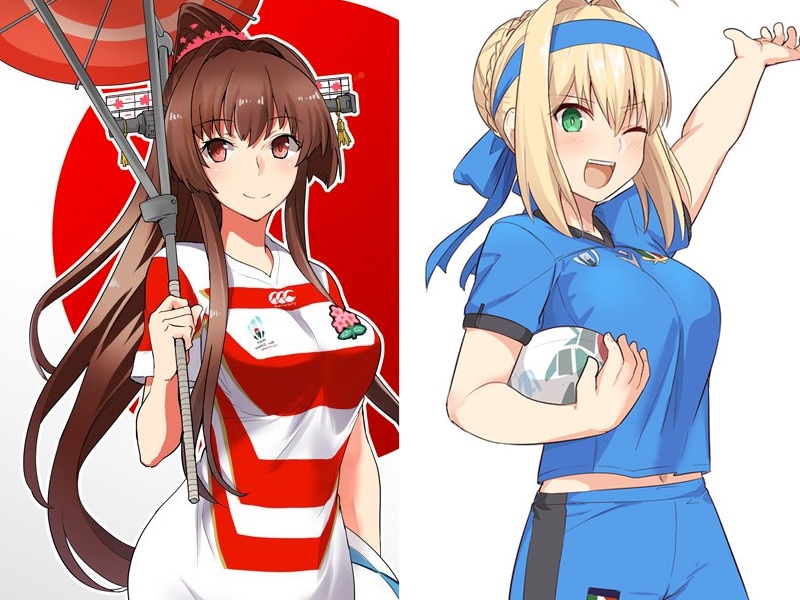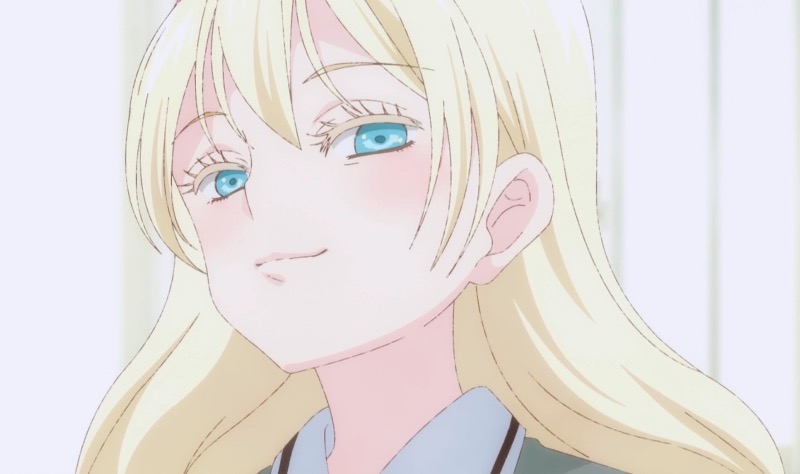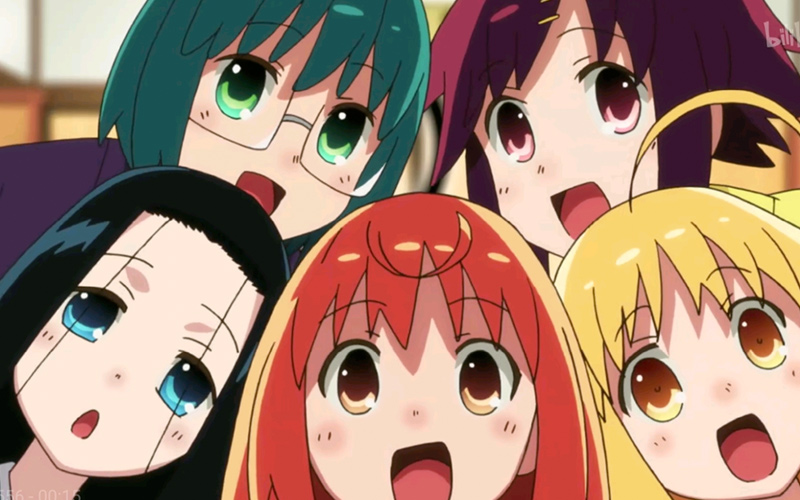The Japanese flag, with its red circle against a white background, has got to be one of the most recognizable images in the world. Called the Hinomaru (which means “circle of the sun”), this symbol of Japan has been around since the 12th century. Although it obviously represents the sun in the sky, since the name given to Japan by China (Nihon or Nippon) means “origin of the sun,” the colors represent the ancient clans of Heike and Genji, who fought for control of of the country during the Genpei war (1180-1185). Eventually the Genji, who identified with the white star Rigel, defeated the Heike, who took red Betelgeuse as their symbol, which was expressed by larger area of white with the red center on the flag. The Hinomaru has another meaning in modern life: women draw little Japanese flags in their schedule notebooks to remember when their time of the month will be, and the word hatabi (“flag day”) is a euphemism for this.
Japan may be famous for its ultra-cute teenage stars like Aya Ueto and Morning Musume, but marine animals sometimes make popular idols, too. When a 7.9-meter long grey whale swam into Tokyo Bay on April 28th, he became an instant celebrity, with parents making use of the Golden Week holidays to take their kids to the bay so they could see the natural wonder for themselves. Sadly, the whale, who was named Sora-chan, got trapped in some fishing nets and couldn’t escape, and was found dead this morning. In 2002, a seal swam up Tokyo’s Tamagawa river to find himself a media star, with daily news reports on the comings and goings of “Tama-chan.”
Like other developed countries, Japanese like to go to theme parks to relax and have fun, and sometimes these parks can be quite, ah, original. In the mountains above our house there’s a replica of a rural Bavarian town called Kronenberg, also known as Doitsu-mura, which means German Village. There you can find good beer, delicious sausages, and lots of embarrassed-looking Germans in traditional dress. If Hello Kitty is your thing, you should check out Sanrio World in Tokyo, which features the entire pantheon of Sanrio characters in life-sized versions. If you ever visit Nikko, a nice city north of Tokyo, there are several interesting attractions to check out, including Edo-mura, a replica of a samurai village; the slightly silly Western-mura, an Old West town complete with real gaijin cowboys; and Tobu World Square, where you can see famous sights from around the world recreated in 1/25 scale. In addition to these uniquely Japanese places, you can also take in Japanese versions of U.S. theme parks, such as Tokyo Disneyland and University Studios Japan in Osaka.















